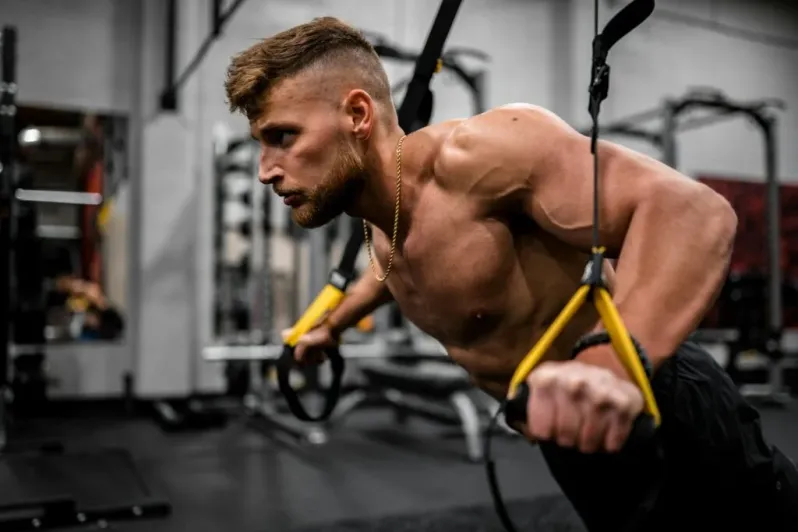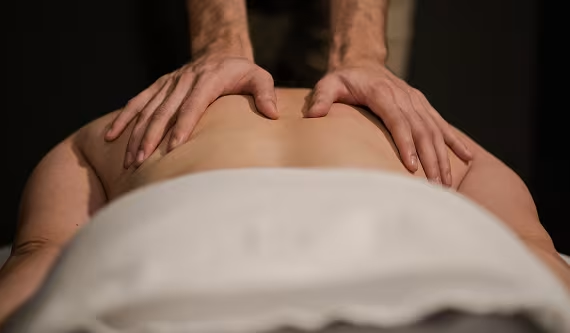Unlock Shoulder Mobility with D1 and D2 Patterns
Shoulder injuries make up nearly 20% of all sports-related injuries. Whether you’re lifting weights, swinging a tennis racket, or spending hours at your desk, shoulder mobility is essential. Yet, it’s often neglected until pain or stiffness becomes impossible to ignore.
Fortunately, D1 D2 shoulder patterns offer an effective, research-backed way to restore movement, reduce pain, and prevent injury. In this guide, we’ll explore what these patterns are, how to perform them, and why they matter for anyone looking to stay active and injury-free in Edmonton and Sherwood Park.
What Are D1 and D2 Shoulder Patterns?
D1 and D2 shoulder patterns are diagonal, functional movement patterns used in rehabilitation, athletic training, and general fitness. They mimic natural, everyday shoulder movements—making them extremely effective for restoring strength, stability, and control.
These patterns are broken into:
- D1 Shoulder Flexion and D1 Extension
- D2 Shoulder Flexion and D2 Extension
Each sequence trains multiple muscles and joints in a single, flowing movement. They’re commonly used with resistance bands or cables.

Why Shoulder Patterns Matter for Active People
From athletes to weekend hikers, shoulder mobility is critical for both performance and injury prevention. The D1 D2 shoulder patterns train your muscles through their full range of motion, correcting imbalances that could otherwise lead to discomfort or long-term dysfunction.
Benefits include:
- Improved shoulder range of motion
- Enhanced joint stability and control
- Stronger rotator cuff and scapular muscles
- Reduced risk of overuse injuries
- Better performance in sports and training
How to Perform D1 and D2 Shoulder Movements
All you need is a resistance band or cable machine. Perform each movement slowly and with control, focusing on proper form.
D1 Shoulder Flexion
- Anchor a resistance band at waist height.
- Stand sideways to the anchor.
- Grasp the band with the far hand, palm down.
- Begin with your arm across your body, down and out.
- Pull the band diagonally across and up, ending near your opposite shoulder, palm facing up.
- Slowly return to start. Repeat 10–15 times per side.
D2 Shoulder Flexion
- Anchor the band at chest height.
- Stand with your near side facing the anchor.
- Grasp the band with your near hand, palm down.
- Start with your arm across your body, low and in front.
- Pull diagonally up and out, finishing above your head with palm up.
- Return to start. Repeat 10–15 times per side.
D1 Extension
This movement reverses D1 flexion, targeting the posterior deltoid and scapular stabilizers. It’s excellent for correcting posture and rebalancing the shoulder.
D2 Extension
The reverse of D2 flexion, this motion supports scapular retraction and shoulder blade stability—crucial for athletes who lift or throw.
The Key Muscles Behind Shoulder Patterns
D1 and D2 shoulder patterns activate the deep stabilizers of the shoulder joint. These include:
- Supraspinatus – initiates arm elevation, key in D1 shoulder flexion
- Infraspinatus & Teres Minor – external rotation, active in D2 shoulder flexion
- Subscapularis – internal rotation, important in D2 extension
- Deltoid (all heads) – elevation and abduction
- Trapezius and Rhomboids – shoulder blade control and retraction
These movements work the muscles together, rather than in isolation, improving shoulder coordination and efficiency.
Who Should Use D1 and D2 Shoulder Exercises?
Office Workers
Long hours of sitting often lead to forward-rounded shoulders and tightness. These movements help open the chest and retrain proper shoulder mechanics.
Athletes
Movements like swimming, throwing, and climbing place stress on the rotator cuff and shoulder girdle. Training with D1 D2 shoulder patterns supports performance and reduces injury risk.
Manual Laborers
Jobs that require overhead lifting or repetitive arm motions can lead to overuse injuries. These shoulder patterns help restore function and prevent strain.
Individuals Recovering from Injury
These exercises are frequently used in physical therapy for:
- Rotator cuff injuries
- Frozen shoulder
- Shoulder impingement syndrome
They’re also useful for post-operative recovery, as recommended by orthopedic specialists and rehab professionals.
Complementary Therapies That Boost Recovery
While exercise is foundational, many people accelerate recovery with hands-on care. At Athlete’s Choice Massage, we offer therapies that support shoulder health, including:
- Deep tissue massage therapy – Releases chronic tension and adhesions
- Therapeutic massage treatment – Improves circulation and speeds recovery
Explore more options that complement shoulder pattern work and support long-term mobility.
Trusted Support in Your Area
If you live in Sherwood Park or Edmonton, help is closer than you think. Our Sherwood Park massage therapy clinic provides expert care tailored to your needs—whether you’re training for a marathon or managing daily aches and pains.
Keep Your Shoulders in Motion
You don’t have to wait for pain or injury to start prioritizing your shoulder health. Incorporating D1 and D2 shoulder patterns into your weekly routine is a simple but powerful way to improve mobility, prevent strain, and boost your performance—no matter your sport or activity level.
These functional movements take just a few minutes and can easily be paired with strength training or mobility work. Combine them with professional massage care for a holistic shoulder wellness strategy that supports your active lifestyle.




